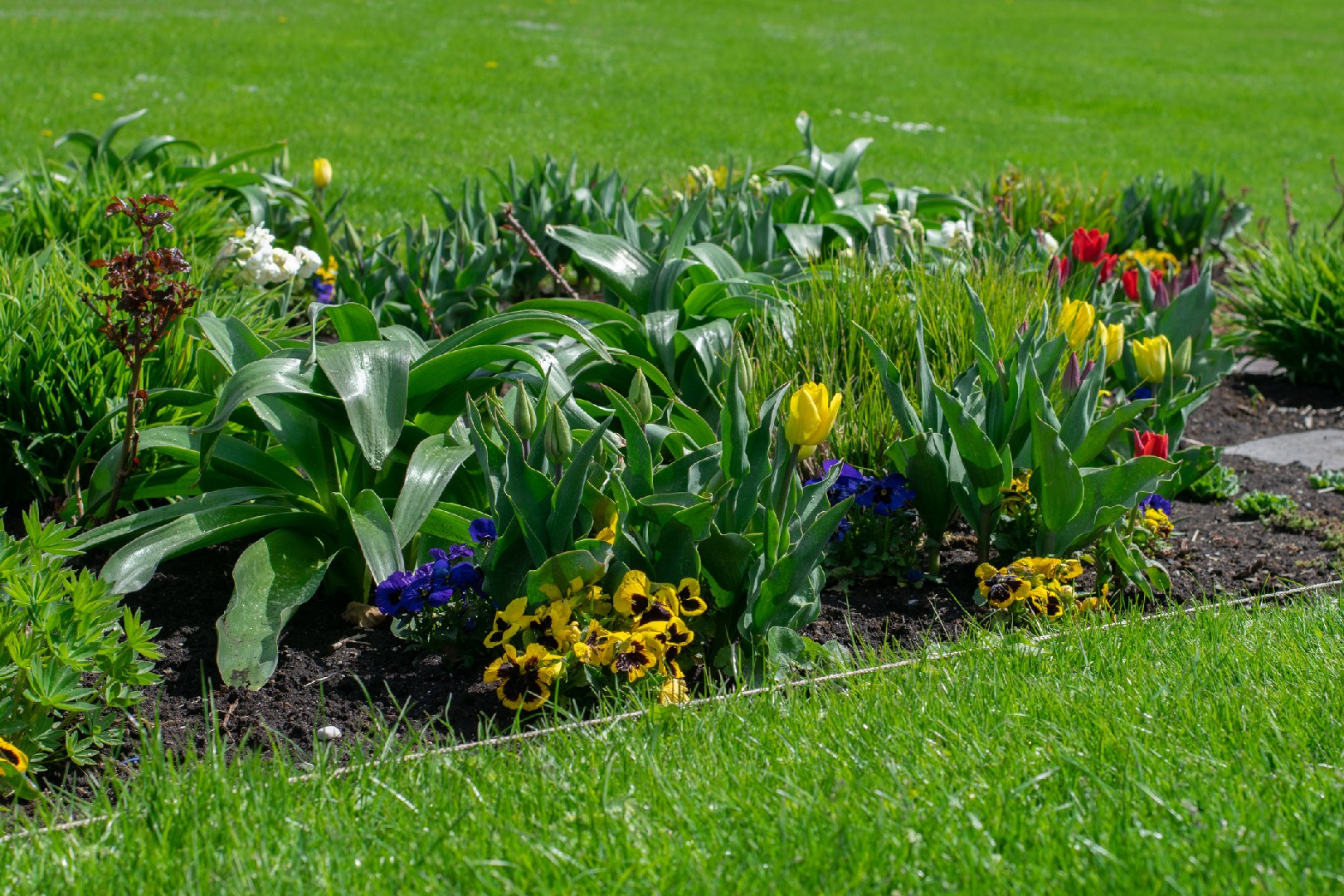![Rectangle]()
Implementing Your Perennial Flower Bed Design
Congratulations! Now that you have finalized your perennial flower bed design, it's time to bring it to life. Implementing your design requires careful preparation, planting techniques, and attention to detail to ensure your perennials thrive and provide you with year-after-year blooms. Let's dive into the practical steps and tips for creating stunning perennial flower beds.
Firstly, preparing the flower bed is essential for the success of your perennials. Start by removing any existing weeds or grass from the area. A weed-free bed ensures that your perennials won't have to compete for nutrients and water. You can manually pull out the weeds or use a garden tool like a hoe to make the task easier.
Next, it's important to amend the soil to create a fertile growing environment for your perennials. Test the soil pH and nutrient levels to determine if any amendments are needed. Most perennials prefer a slightly acidic to neutral soil pH range of 6.0 to 7.0. If the pH is too high or too low, you can adjust it by adding organic matter like compost or peat moss. Organic matter also improves soil structure, drainage, and moisture retention, giving your perennials a solid foundation to thrive.
When it comes to planting your perennials, proper techniques can make a significant difference in their growth and longevity. Before planting, soak the root ball of each perennial in a bucket of water for about 10 minutes. This ensures that the roots are well hydrated before they go into the ground.
Dig a hole that is slightly wider and deeper than the root ball. Gently loosen the roots with your fingers and place the perennial in the hole, ensuring that the crown is level with the soil surface. Backfill the hole with soil, firming it gently around the roots to eliminate any air pockets. Water the newly planted perennial thoroughly to settle the soil around the roots.
To create visual appeal and ensure optimal growth, consider the spacing, layering, and color balance of your perennials. Pay attention to the recommended spacing guidelines provided with each plant. Proper spacing allows for air circulation and prevents overcrowding, which can lead to diseases.
Layering your perennials adds depth and interest to your flower bed. Plant taller varieties towards the back or center, and shorter ones towards the front. This creates a natural flow and prevents overshadowing.
When it comes to color balance, consider the overall aesthetic you want to achieve. You can opt for a harmonious color scheme by choosing flowers that are similar in color and create a cohesive look. Alternatively, you can create a contrast by combining complementary colors for a more vibrant and eye-catching display. Experiment and have fun with different combinations to find what appeals to you the most.
Implementing your perennial flower bed design requires effort and attention to detail, but the rewards are abundant. As you watch your perennials grow and bloom year after year, you'll be reminded of the joy and beauty they bring to your garden. So go ahead, put your plans into action, and create stunning perennial flower beds that will provide you with endless enjoyment and a haven for pollinators.





